The water-air drilling rig vs conventional drill debate centers on efficiency, versatility, and cost-effectiveness in modern drilling operations. Water-air rigs combine hydraulic and pneumatic systems to outperform conventional drills in most applications, particularly in varied geological conditions.
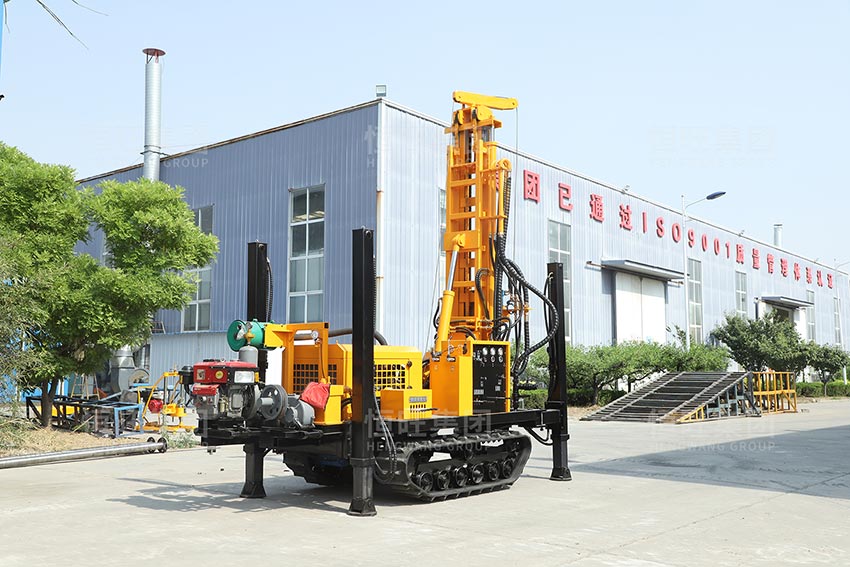
Key Advantages of Water-Air Drilling Rigs
Enhanced Efficiency
1. 35-60% faster penetration in soft to medium formations
2. Seamless switching between water and air modes (<5 minutes)
3. Automated pressure adjustment optimizes performance for different rock types
Superior Adaptability
1. Effective in sand, clay, and fractured rock where conventional drills struggle
2. Dual-mode operation eliminates need for multiple specialized machines
Economic Benefits
1. 30% lower fuel consumption than conventional rigs
2. 40% reduction in maintenance costs
3. Single rig handles projects requiring multiple conventional units
Environmental Performance
1. 65% dust reduction compared to dry drilling
2. 20dB noise reduction for urban compliance
3. Smaller site footprint with cleaner operations
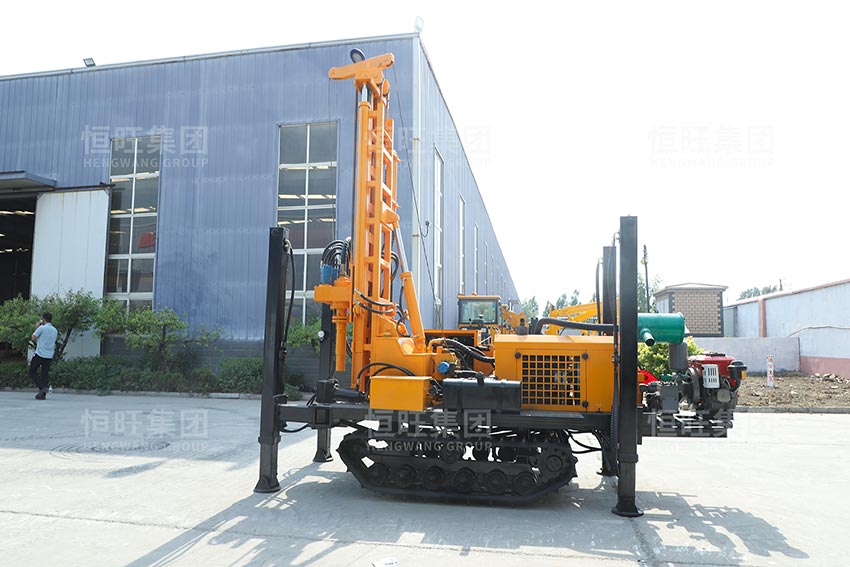
HWDL280 Dual-Purpose Rig: Benchmark Specifications
This flagship model demonstrates why water-air drilling rig vs conventional drill comparisons increasingly favor modern technology:
1. Drilling Capacity: 800m (water wells), 1200m (core sampling)
2. Power System: 240KN lift, 14,000N.m torque, 92kW diesel
3. Mobility: 25-30° grade climbing, compact 6.3×2×2.65m transport size
4. Precision: Real-time digital monitoring with auto-optimization
When Conventional Drills Remain Relevant
Traditional equipment still proves preferable for:
1. Shallow, single-formation projects with tight budgets
2. Ultra-hard rock drilling requiring specialized bits
3. Operations where water supply is severely limited
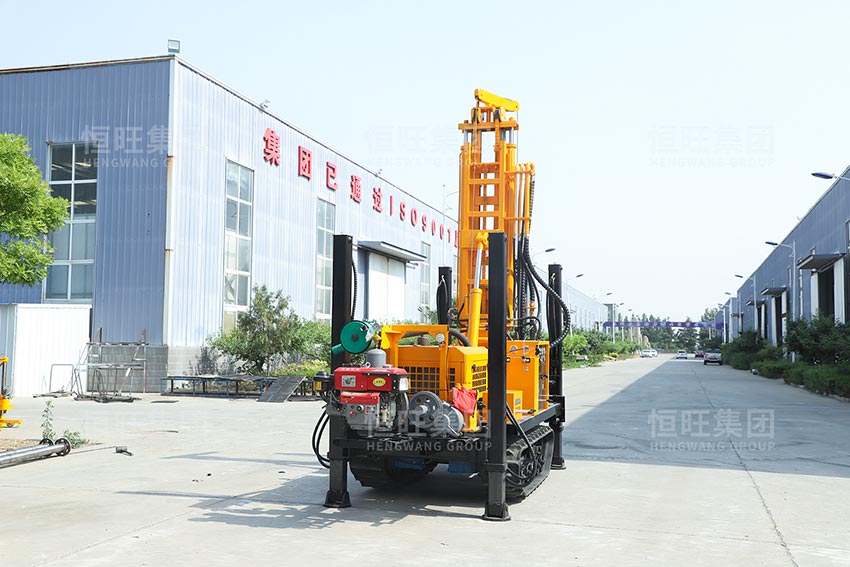
Market Implications
The water-air drilling rig vs conventional drill analysis reveals shifting industry trends:
1. Geothermal and mineral exploration increasingly adopt dual-mode rigs
2. Infrastructure projects value the reduced environmental impact
3. Total cost of ownership favors water-air models after 2-3 years
Conclusion: Modern water-air rigs like the HWDL280 deliver measurable advantages in 80% of drilling scenarios, particularly where formation variability, environmental compliance, or operational efficiency are priorities. While conventional drills maintain niche applications, the industry's future clearly lies with adaptable dual-mode technology.
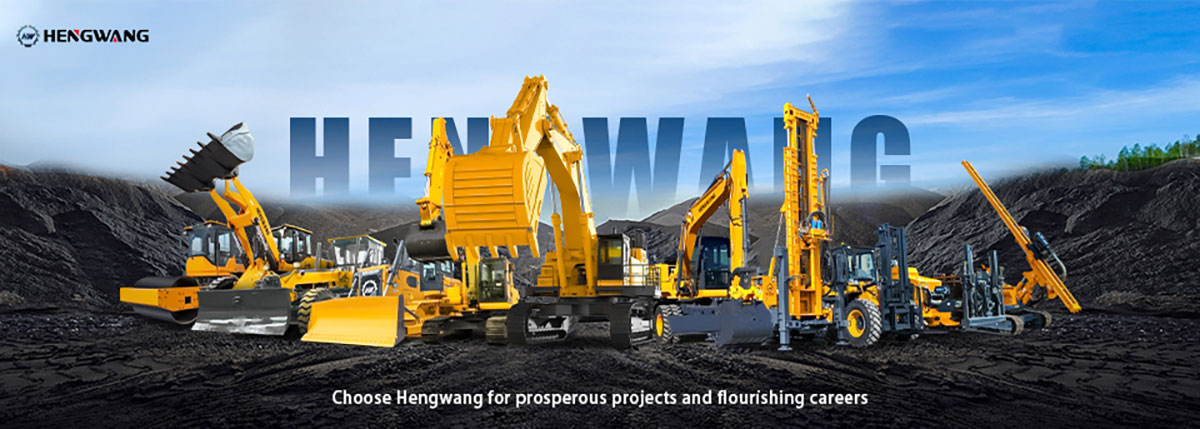
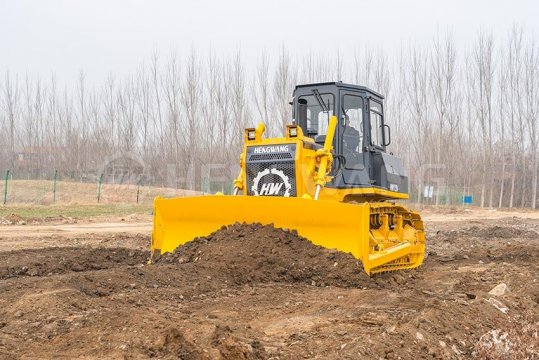 Bulldozer Blade Types: Core Configuration for Adapting to Different Operating Scenarios
Bulldozer Blade Types: Core Configuration for Adapting to Different Operating Scenarios
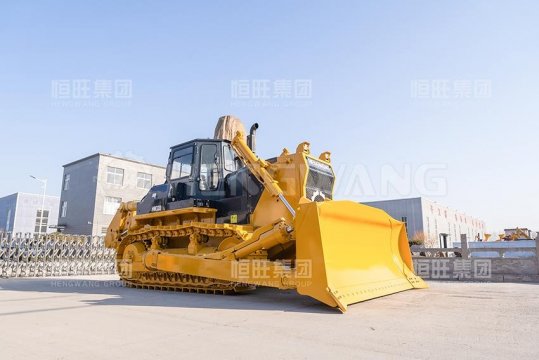 Swamp bulldozer: An Efficient Solution for Operations in Muddy Environments
Swamp bulldozer: An Efficient Solution for Operations in Muddy Environments
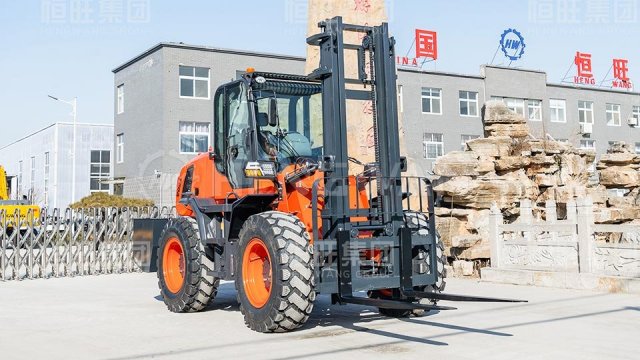 Rough terrain forklift with highest load capacity: A High-performance Solution for Heavy-duty Outdoor Operations
Rough terrain forklift with highest load capacity: A High-performance Solution for Heavy-duty Outdoor Operations